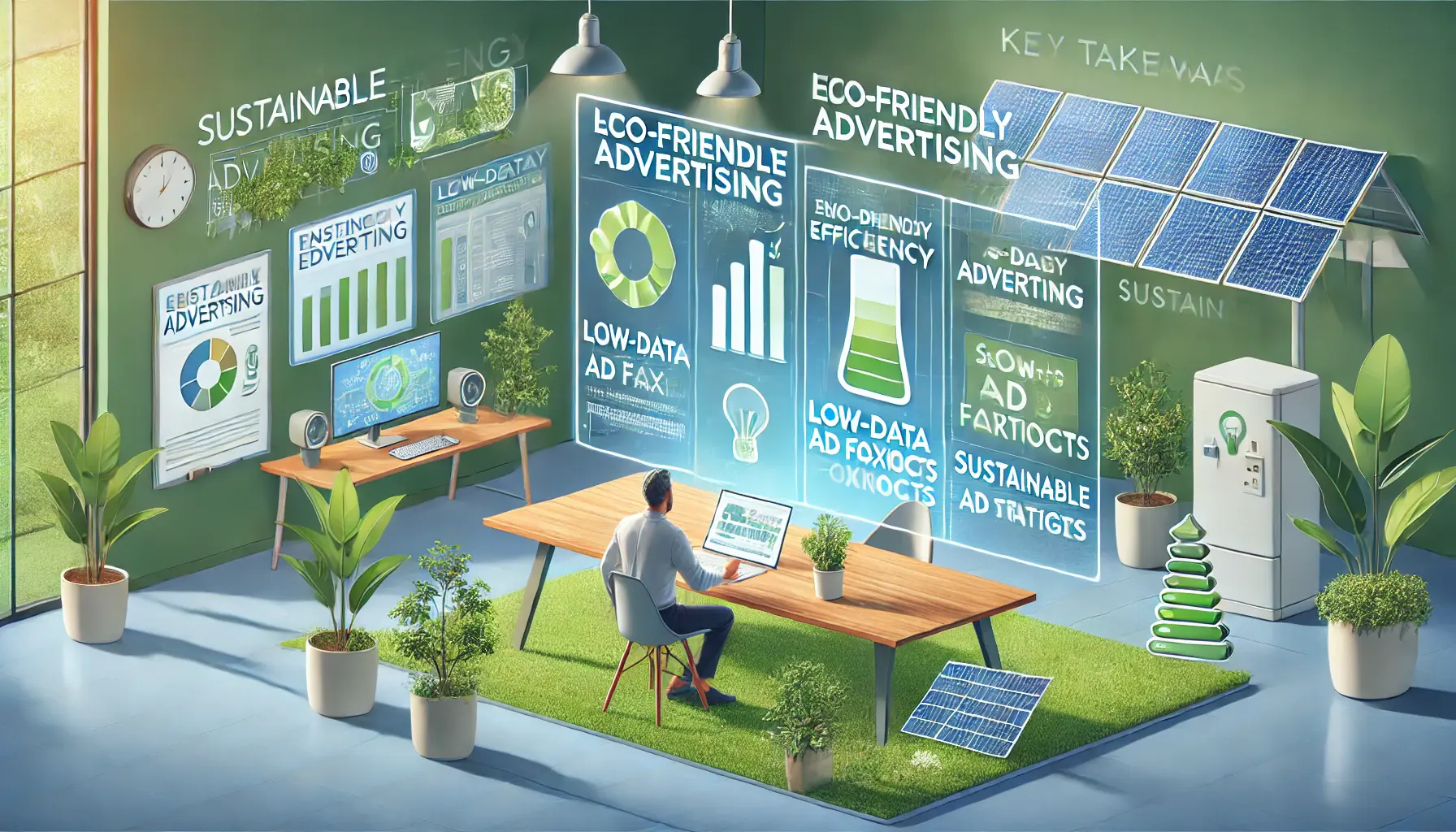Sustainability is no longer just a buzzword; it has become a necessity in today’s world. From individuals to corporations, embracing sustainable practices is essential for addressing environmental challenges and ensuring a healthier planet for future generations. In this article, we explore the key trends in sustainability that are shaping the way we live and do business.
The Growing Importance of Sustainability
Sustainability focuses on balancing economic, environmental, and social needs to ensure long-term growth without harming the planet. With climate change, resource depletion, and pollution affecting every aspect of life, sustainability efforts are more crucial than ever.
Here are some trends driving the sustainability movement:
1. Renewable Energy Adoption
One of the most significant shifts is the growing use of renewable energy sources such as solar, wind, and hydroelectric power. Governments and businesses worldwide are investing heavily in clean energy technologies to reduce reliance on fossil fuels.
- Solar panels and wind turbines are becoming more affordable and accessible.
- Countries are setting ambitious goals to achieve net-zero carbon emissions.
- Energy storage solutions, like batteries, are advancing to make renewables more reliable.
2. Circular Economy Practices
The circular economy focuses on reducing waste by reusing, recycling, and repurposing materials. This approach minimizes the extraction of raw resources and reduces environmental degradation.
- Companies are adopting eco-friendly packaging and manufacturing processes.
- Upcycling is gaining popularity among consumers and businesses alike.
- E-waste recycling initiatives are addressing the growing issue of discarded electronics.
3. Sustainable Agriculture
Agriculture is a critical sector for sustainability, with innovations aimed at reducing its environmental impact.
- Regenerative farming practices are restoring soil health and biodiversity.
- Vertical farming and hydroponics are increasing efficiency and conserving water.
- Plant-based diets and alternative proteins are reducing the carbon footprint of food production.
4. Green Building and Urban Design
Sustainable architecture and urban planning are creating more energy-efficient and eco-friendly living spaces.
- Green buildings use renewable energy, natural lighting, and efficient insulation.
- Smart cities incorporate technology to optimize energy usage and reduce waste.
- Urban green spaces improve air quality and enhance community well-being.
5. Consumer Demand for Sustainability
Today’s consumers are increasingly conscious of their environmental impact and are demanding more from businesses.
- Brands are prioritizing transparency and eco-friendly products.
- Ethical fashion and sustainable clothing lines are growing in popularity.
- Green certifications and labels help consumers identify sustainable options.
6. Technological Advancements
Technology is driving sustainability by making green solutions more efficient and accessible.
- Artificial intelligence and data analytics are optimizing resource management.
- Electric vehicles (EVs) and charging networks are reducing transportation emissions.
- Blockchain is ensuring transparency in sustainable supply chains.
7. Government and Policy Initiatives
Governments play a pivotal role in advancing sustainability through policies and regulations.
- Carbon taxes and incentives encourage businesses to adopt green practices.
- Global agreements like the Paris Agreement are setting targets for emission reductions.
- Local governments are promoting renewable energy projects and sustainable infrastructure.
8. Focus on Water Conservation
Water scarcity is a growing concern, making conservation efforts a top priority.
- Desalination technologies and water recycling systems are being implemented.
- Smart irrigation systems are improving water use efficiency in agriculture.
- Public awareness campaigns are encouraging individuals to save water.
9. Corporate Social Responsibility (CSR)
Businesses are integrating sustainability into their core strategies through CSR initiatives.
- Companies are setting measurable environmental goals, such as reducing carbon emissions.
- Partnerships with non-profits and communities support local sustainability projects.
- Sustainability reporting ensures accountability and transparency.
10. Education and Awareness
Raising awareness about sustainability is essential for creating long-lasting change.
- Schools and universities are incorporating environmental education into curricula.
- Social media campaigns and influencers are promoting green lifestyles.
- Non-profits and organizations are providing resources for sustainable living.
Embracing the Future of Sustainability
Sustainability is an ongoing journey that requires collective efforts from individuals, businesses, and governments. By staying informed about these trends and adopting greener practices, you can contribute to a more sustainable future.
Remember, even small changes in daily habits, like reducing waste, conserving energy, and supporting eco-friendly products, can have a significant impact over time. Stay updated on innovations and movements in sustainability to be part of the solution.
